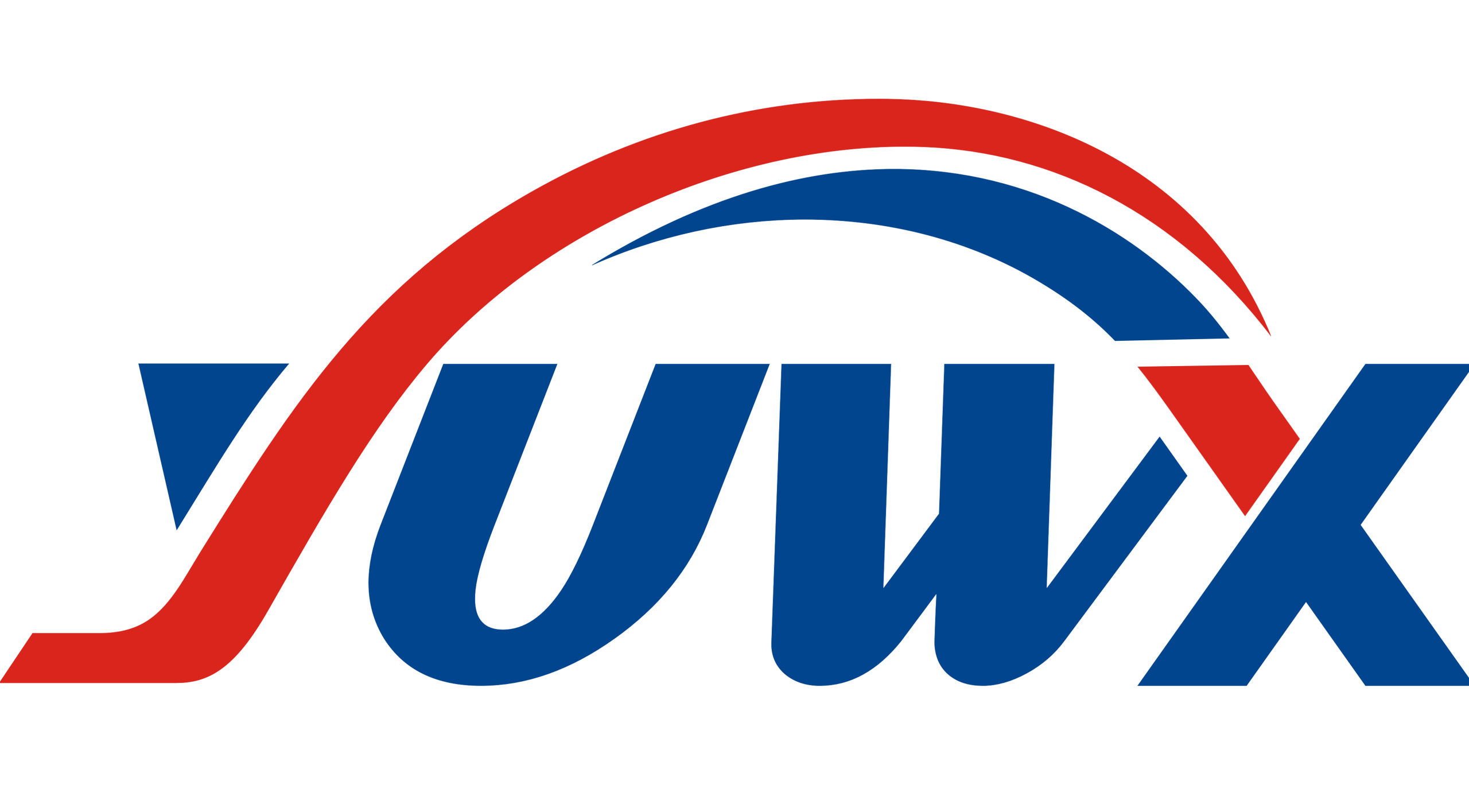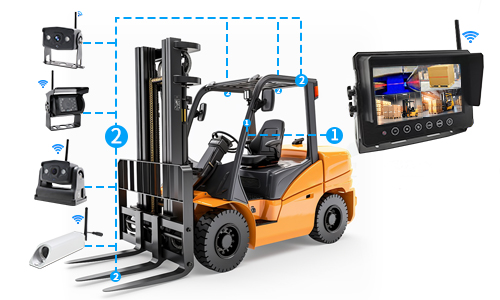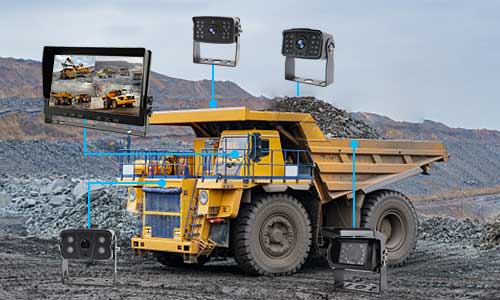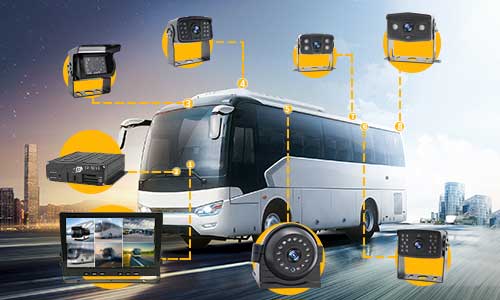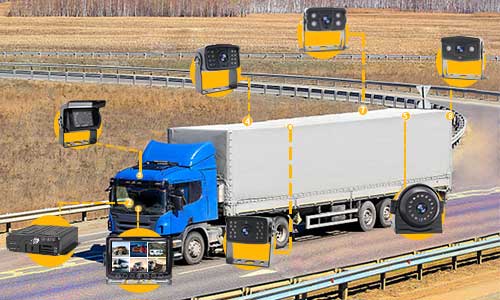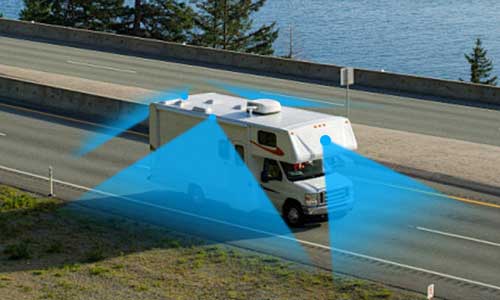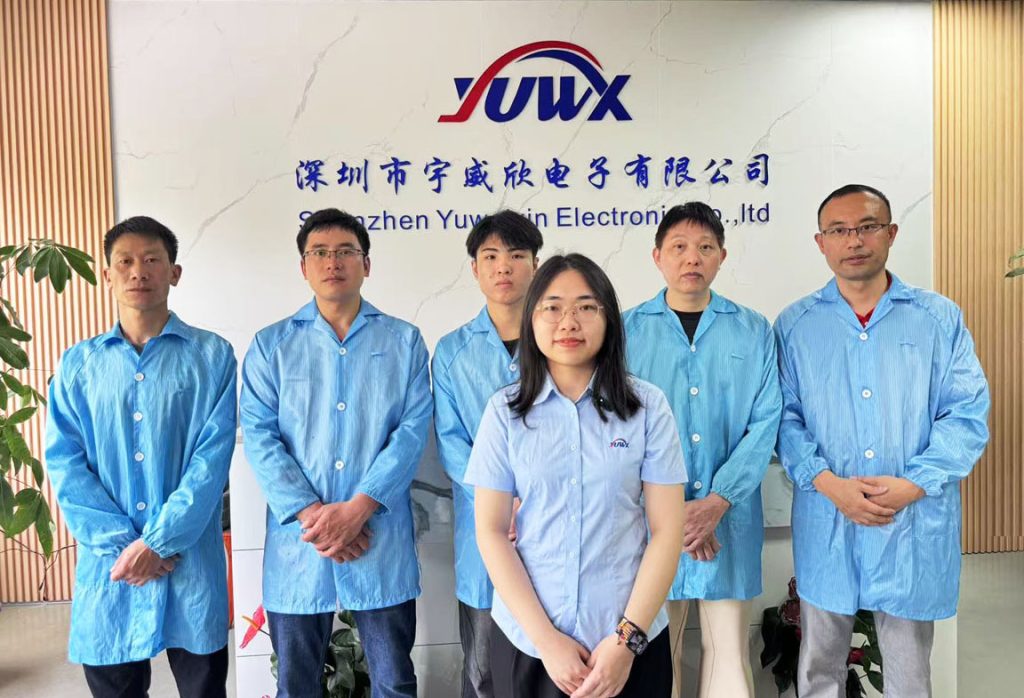Safety Regulations Shape Equipment Upgrades
In modern warehouse environments, operational efficiency must be balanced with strict safety compliance. With global standards becoming more demanding, warehouse managers are rapidly adopting advanced technologies to meet expectations. Among these, the forklift camera systems has emerged as a pivotal tool to boost safety, reduce human error, and comply with evolving regulations.
As international supply chains grow, warehouses become denser, busier, and more complex. Therefore, real-time visibility around forklifts has transitioned from a luxury to a necessity. Consequently, camera systems tailored for forklifts are being installed at a record pace across industries.
Why Warehouses Are Turning to Camera Systems
Warehouses today face tighter rules related to occupational safety. Regulatory bodies in North America, Europe, and Asia have updated compliance frameworks to address blind spots, rear movement hazards, and pallet stacking risks. As a result, integrating the forklift camera systems into material handling fleets is no longer optional for businesses aiming to reduce workplace incidents.
Moreover, warehouse layouts have become vertically dense, making conventional mirrors or manual observation insufficient. Forklift cameras provide operators with direct video feeds, giving them a complete picture of their surroundings, both front and rear.
Enhanced Visibility: Eliminating Blind Spots
Forklifts typically suffer from limited visibility, especially in narrow aisles or high shelving zones. Installing the forklift camera systems on the mast and rear end helps drivers avoid hidden objects, shelves, and personnel.
Additionally, thermal or infrared-enabled cameras further expand utility during low-light warehouse operations. These visual enhancements significantly reduce the chance of collision and improve load placement precision, especially at height.
Meeting New Safety Certification Standards
Globally recognized safety bodies such as OSHA (U.S.), ISO (International), and EU-OSHA (Europe) have incorporated visual assistance devices into their best practices. To meet insurance and liability expectations, many warehouse operators now require all forklifts to include rear-view and load-view camera modules.
Warehouse compliance audits increasingly inspect camera integration and footage records. Fortunately, most modern forklift camera systems now support automatic recording and cloud storage, providing strong legal support in accident investigations.
Training Enhancement and Operator Confidence
Camera systems do more than improve safety—they also build operator confidence. Forklift operators are better able to judge distances, monitor pallet alignment, and reverse with greater accuracy when supported by video feedback.
Additionally, training programs benefit from using camera footage to analyze operator behavior. Warehouses can use this footage to correct errors, reinforce positive habits, and improve onboarding efficiency for new hires.
Integration with Telematics and Fleet Systems
Beyond isolated safety gains, forklift camera systems can now integrate with warehouse management software (WMS) and telematics platforms. This allows centralized monitoring, live video feeds, and real-time alerts.
Fleet managers can remotely diagnose incidents, schedule maintenance based on usage data, and ensure forklifts operate within defined parameters. This interconnected approach aligns with the broader shift toward smart warehousing and Industry 4.0 practices.
ROI: Lower Downtime and Liability Costs
Investing in forklift camera systems delivers measurable returns. First, it reduces the frequency of collisions, which translates to less damage to racks, inventory, and machinery. Second, it lowers insurance premiums over time due to proven risk mitigation.
Finally, it also reduces indirect costs such as productivity loss from investigations or equipment downtime. Many companies report ROI within 12–18 months after system-wide installation.
Use Cases Across Industry Verticals
Whether managing a cold storage facility, an automotive parts warehouse, or a retail distribution center, companies benefit from forklift cameras. The following industries have led adoption:
-
Retail Logistics: Improve accuracy in high-turnover goods handling.
-
Food Warehousing: Ensure pallet security in cold, high-density zones.
-
Manufacturing Plants: Prevent component damage in tight workspaces.
-
E-commerce Fulfillment: Reduce delays caused by aisle traffic and misnavigation.
These examples highlight how versatile camera solutions can be across warehouse types and workflows.
Conclusion: Smarter, Safer Warehousing Is Here
As warehouse ecosystems evolve, safety compliance must keep pace. Forklift camera systems are no longer an advanced add-on but a safety baseline. They support accident prevention, operator awareness, and regulatory adherence—all while enhancing workflow efficiency.
Looking forward, as AI-assisted monitoring and object recognition improve, forklift camera systems will play an even greater role in predictive safety. For companies navigating rapid expansion and rising compliance demands, upgrading your fleet with camera technology isn’t just smart—it’s essential.
